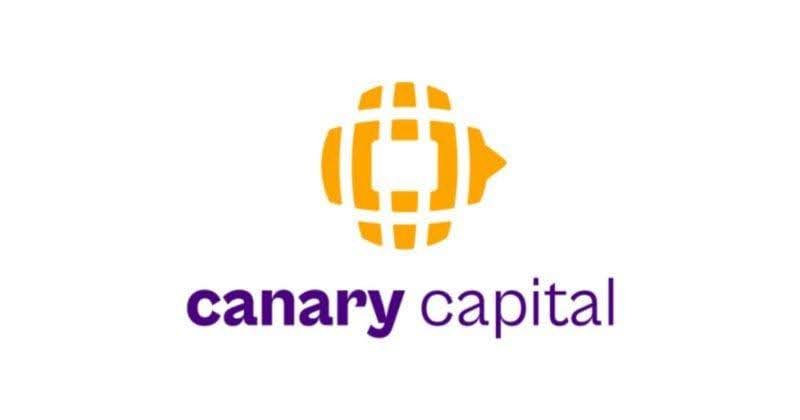1inch Protocol Reaches $500B Trading Volume Milestone on Ethereum Network
DeFi protocol 1inch Network, a decentralized exchange (DEX) aggregator, announced it passed a major volume milestone, routing $500 billion in trades on the Ethereum network since its inception in 2019. The team shared the update on X on October 8.
The announcement adds to a complex picture of the protocol’s total activity. On July 15, the project announced it had surpassed $700 billion in total swap volume across all chains. These self-reported figures contrast with various third-party analytics platforms. Data from DeFiLlama, for instance, shows a cumulative volume of approximately $235 billion across all blockchains.
Meanwhile, a dashboard on Dune Analytics reports a total trade amount of over $716 billion. The differences are likely due to varying data aggregation start dates and methodologies. Coinspeaker has contacted the 1inch team for clarification but has not yet received a response.
Competition and Economic Headwinds
Image source: DUNE Analytics
The milestone arrives as 1inch continues to lead the DEX aggregator space in total volume, navigating an increasingly competitive market. While 1inch is the established leader, other protocols are gaining traction. For instance, reports from January 2025 showed that CoW Swap captured over 26% of the market share on Ethereum. As new models, such as the rise of dark pools on Solana, show, competition remains fierce across the DeFi landscape.
Beyond market competition, the protocol faces economic questions regarding its native token and governance structure. While the 1INCH 1INCH $0.26 24h volatility: 3.6% Market cap: $360.17 M Vol. 24h: $21.00 M token has a value capture mechanism, it is indirect and has been a point of frustration for many holders.
According to the protocol’s documentation, users must lock their tokens to receive “Unicorn Power,” which can then be delegated to resolvers who share arbitrage profits. The core complaint from the community is the disconnection between this system and the protocol’s actual trading fees. Rewards are dependent on the success of third-party resolvers, not the platform’s trading volume, disconnecting the token’s value from the protocol’s success.
These concerns are not new for the project. In fact, discussions within the governance forums as far back as 2022 show debates over using the DAO’s treasury to directly reward stakers. Those proposals faced pushback from community members who argued the DAO first needed a self-sustaining revenue model to avoid depleting its funds.
These long-standing concerns are mirrored in the 1inch DAO’s current state, which has a treasury of around $10.9 million. With funding from 1inch Labs reportedly discontinued two years ago, the issue of its long-term viability remains unresolved. The protocol also experienced a security setback in March 2025, when an exploit resulted in a $5 million loss.
nextThe post 1inch Protocol Reaches $500B Trading Volume Milestone on Ethereum Network appeared first on Coinspeaker.
También te puede interesar

Canary Capital Finalizes Spot Litecoin ETF Filing with 0.95% Fee, Ticker LTCC

Shytoshi Kusama Addresses $2.4 Million Shibarium Bridge Exploit
